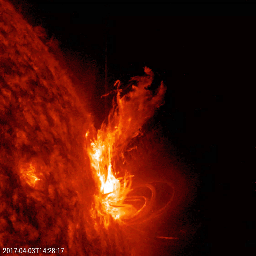(image source: https://www.pexels.com/photo/silver-imac-on-white-table-4185956/)
by Grace Bischof
Somehow, we are now 10 months deep into a pandemic. Pandemic fatigue has hit in waves, but with record-breaking new cases across Canada, it is still very much a part of daily life. Because of this, my first three months of grad school have looked a little bit different than normal. Today I thought I would share 4 things I’ve learned while beginning my Master’s degree from home.
1) Setting a schedule is essential. This seems obvious, but it has been the most important factor for staying productive. One of my courses has live meetings on Wednesday at 10:30 am and 2 pre-recorded videos posted throughout the week. Making sure that I watch those videos every Monday and Friday by 10:30 am is the only way I can keep up with the course content. One week I decided I would watch a pre-recorded lecture at another time because I had other things to work on, subsequently falling behind for about 4 lectures and needing to scramble to catch up again. Sometimes it is hard to keep a schedule from home, but sticking with it creates much needed structure during a strange time.
2) Keep in contact with lab members/coworkers. Starting grad school is difficult. Starting grad school without having met anyone from the lab in person or ever stepping foot on the school campus is even more difficult. I feel lucky that PVL is very encouraging about reaching out for help with any problems. As a naturally shy person, asking for help, especially from people who I have never met in real life, can be tricky. But the environment fostered within the group has made it easy to do so. So, while I can’t swing by someone’s desk on campus to ask for help, I’ve been able to solve problems by sending a quick message to other group members over Slack.
3) The time normally spent commuting can be used for work, but doesn’t have to be. One of the main benefits of working from home for most people is cutting out the time spent on the road getting to campus. During my undergrad, it took about 40 minutes from the time I left my house to stepping into the building for classes. I didn’t realize how much I appreciate that hour spent commuting until it was gone. Because I couldn’t do work on the bus, I used that time to listen to music and relax. Without the commute, I have an extra hour in my day to work, which I’m often thankful for during busy weeks. I have also listened to less music than ever before. It is important to understand that the commute time can be added to your work day, but it also okay to keep that time for things that keep you sane. This point is still a work-in-progress for me, but I think I’m starting to find a balance.
4) Make time for the things you love. This is a continuation off the last point, but extends further than commuting time. While working from home, it is very hard to separate work from leisure. With my desk set up in my house, I feel guilty if I’m not at my desk and focused for an absurd number of hours in the day. This isn’t practical. I make time for myself daily by taking my dog for a walk with my mom, reading every night before bed, and Zooming my roommates from undergrad every Tuesday to watch the Bachelorette together. This ensures that work hours are spent productively working and leisure hours are spent peacefully recharging my brain.
I’m really thankful for the time I’ve had so far in grad school. Despite the experience not being normal, I’ve gained a lot – both academically and personally. Although, if any future graduate students stumble across this blog post, I sincerely hope that you are back on campus and you don’t have to listen to a word of what I wrote.

